1900s
1904: First corn club is established
George Claud (G.C.) Adams, Newton County Superintendent of Schools, organizes the first corn club for boys.
1904: Negro youth clubs are established
P. D. Johnson, an African American teacher in Newton County, started a program similar to Adams' with a corn patch project for African American sons and fathers who wanted to learn modern corn production practices.
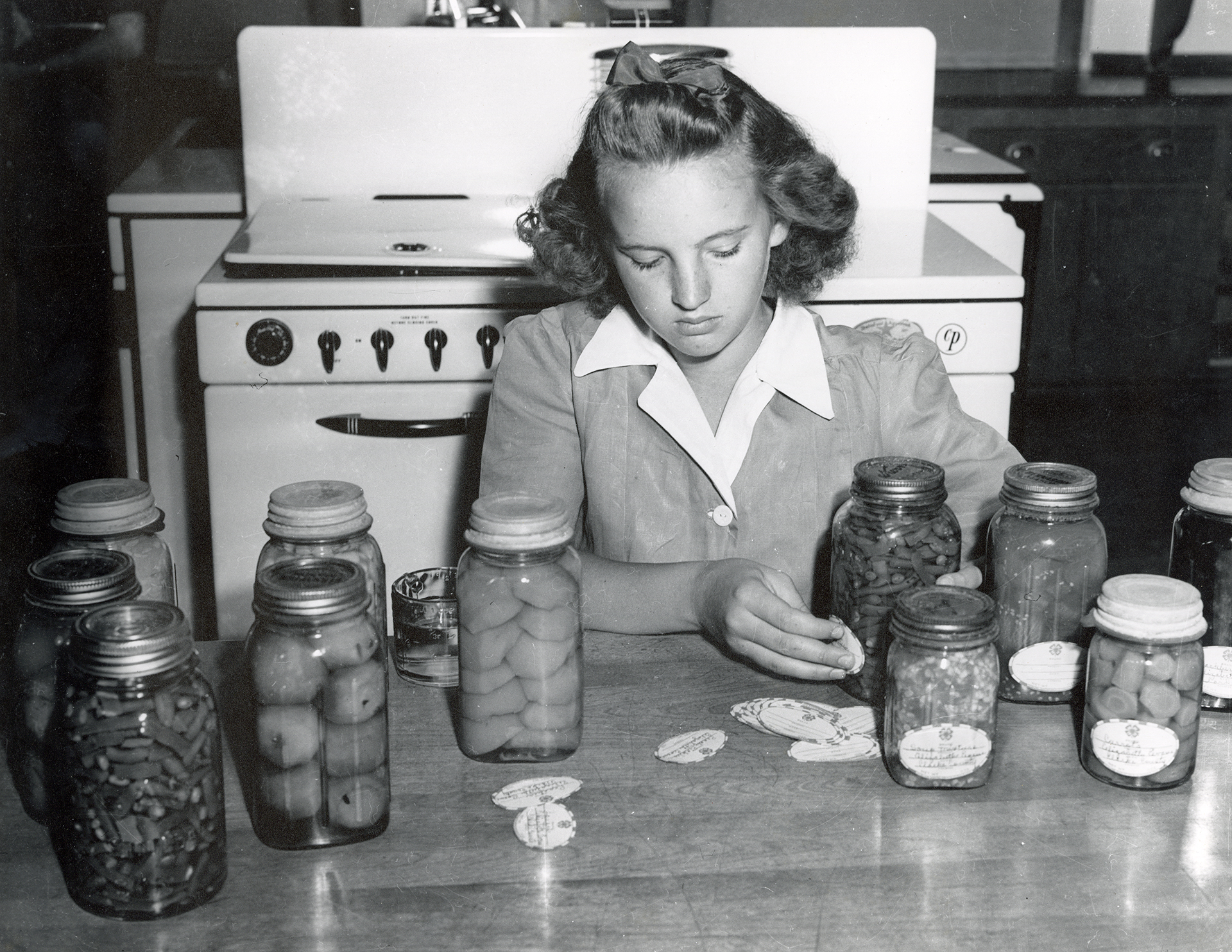
1906: Youth programs expand to include girls' clubs and state contests
Girls’ garden, tomato and canning clubs begin in Hancock County; the first statewide corn and cotton growing contests are held.

1907: Carroll County receives Georgia's first Extension agent
Seaman A. Knapp, director of Cooperative Demonstration Work in Washington, D.C., hires Samuel M. Cown to be a county agent in Carroll County. Cown was the second county agent hired in the U.S.
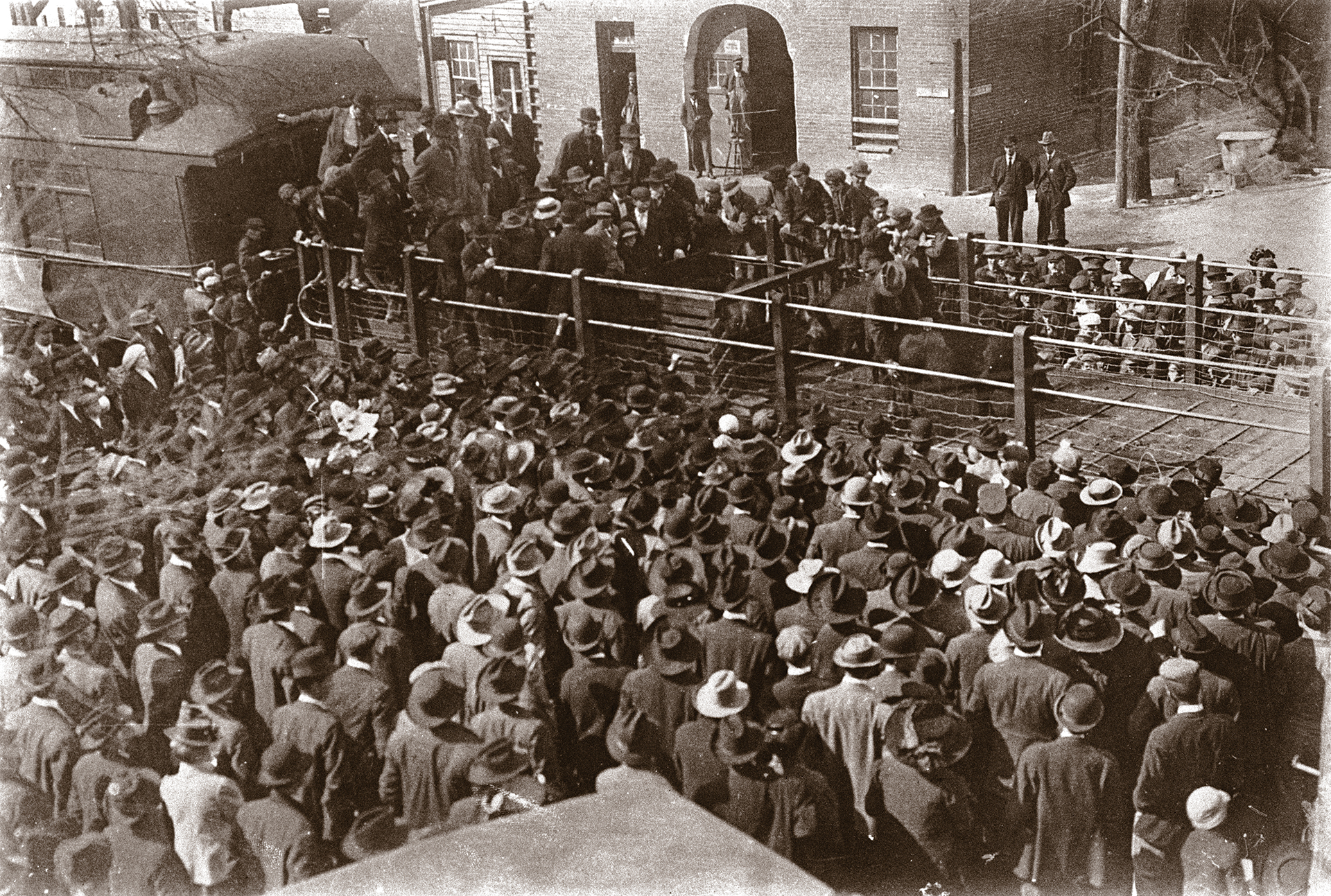
1908: "College on Wheels" first takes research to farmers
The “College on Wheels” begins as an educational train traveling across the state with cars for livestock and the exhibition of modern farm machinery and farming practices.
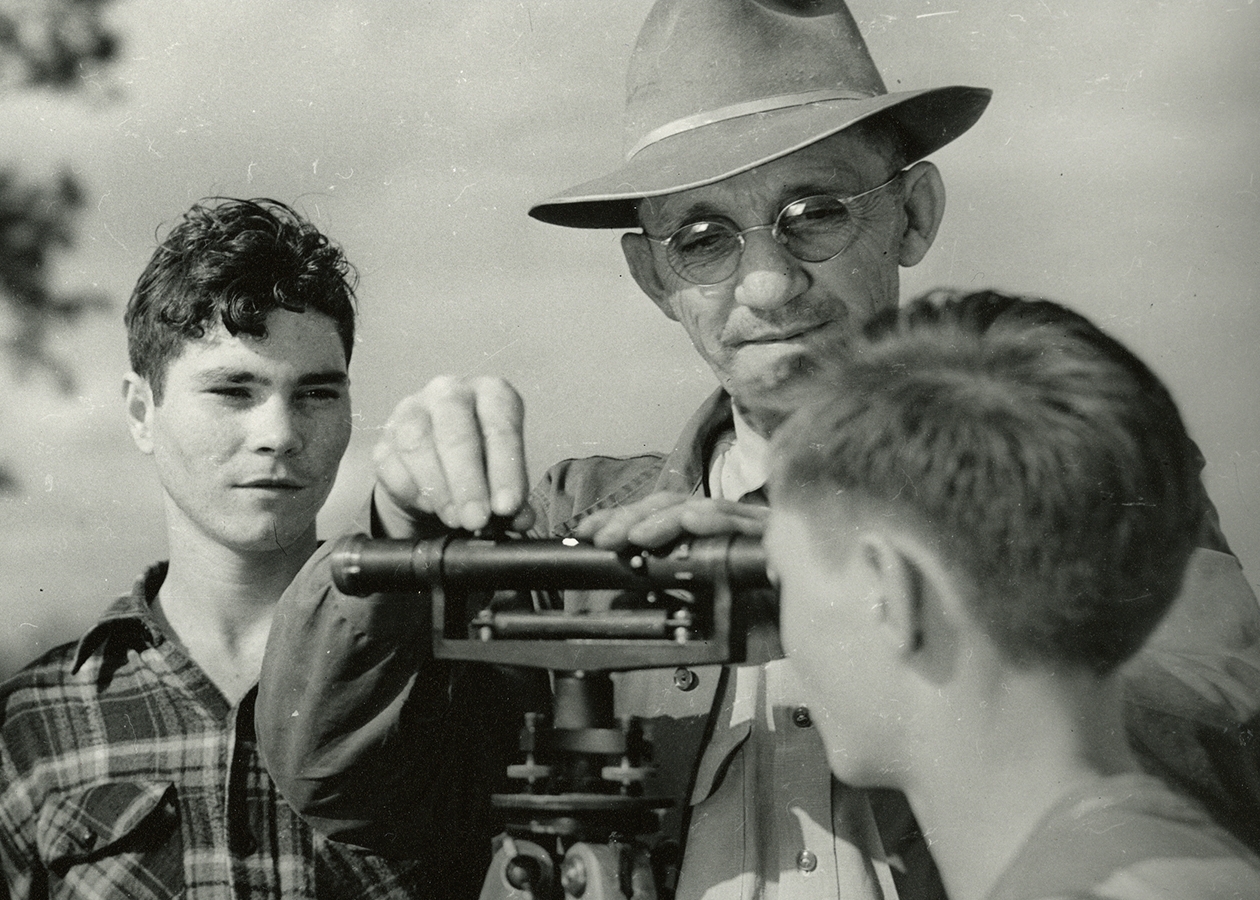
1909: First youth agents are hired
Seaman A. Knapp, director of Cooperative Demonstration Work in Washington, D.C., employs the first state and local agents to promote boys' agricultural demonstration work in Georgia.
1910s

1910: Extension leadership is formed
Georgia hires its first Extension Director, J. Phil Campbell, who serves until 1933.
1910: "College on Wheels" receives state support
Because of the success of the “College on Wheels” train, Extension begins receiving $10,000 in state appropriations to disseminate agricultural information to Georgia farmers.
1911: Second “College on Wheels” continues success
The second educational train travels through Georgia, making 154 stops and reaching an estimated 350,000 farmers.
1913: First woman is hired by national Extension
Mary E. Creswell becomes the first woman employed by the Federal Extension Office in Washington, D.C.
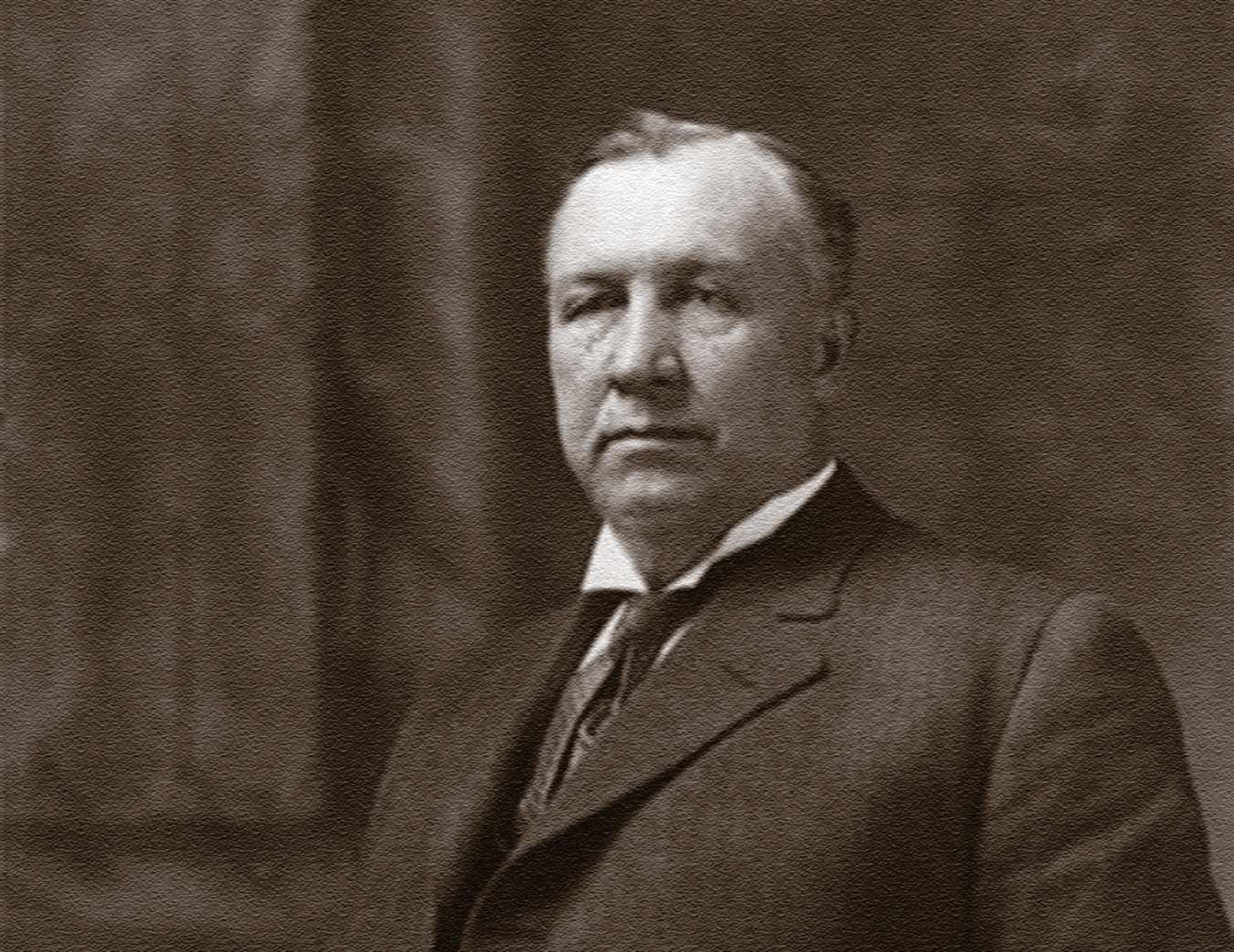
1914: Smith-Lever Act creates Cooperative Extension Service
The Cooperate Extension Service is officially established and nationally funded with the passing of the Smith-Lever Act.
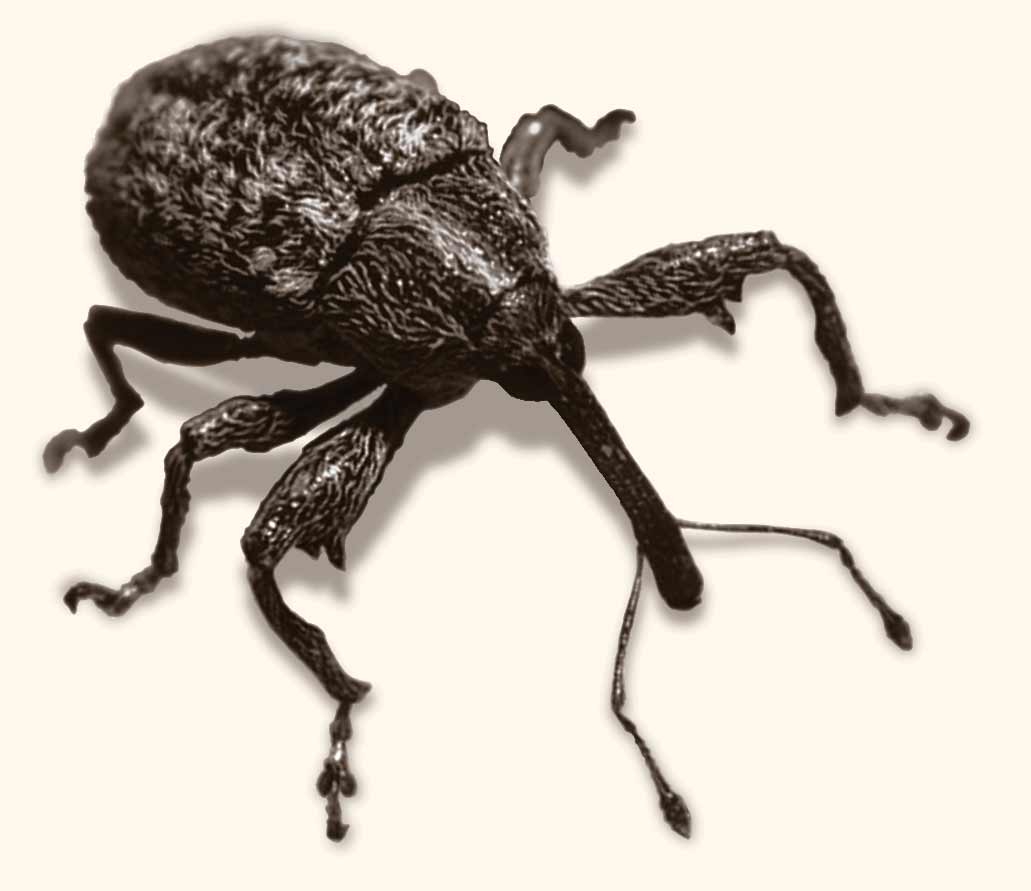
1915: The boll weevil appears in Georgia
Yield losses associated with the boll weevil reduced cotton acreage from a historical high of 5.2 million acres in 1914 down to 2.6 million acres in 1923.

1919: Coastal Plain Experiment Station opens in Tifton
The Georgia Land Owner's Association, a coastal plain organization led by Captain H.H. Tift and William Stillwell, successfully lobbies the state legislature to create an agricultural experiment station in the state's coastal plain region.
1920s
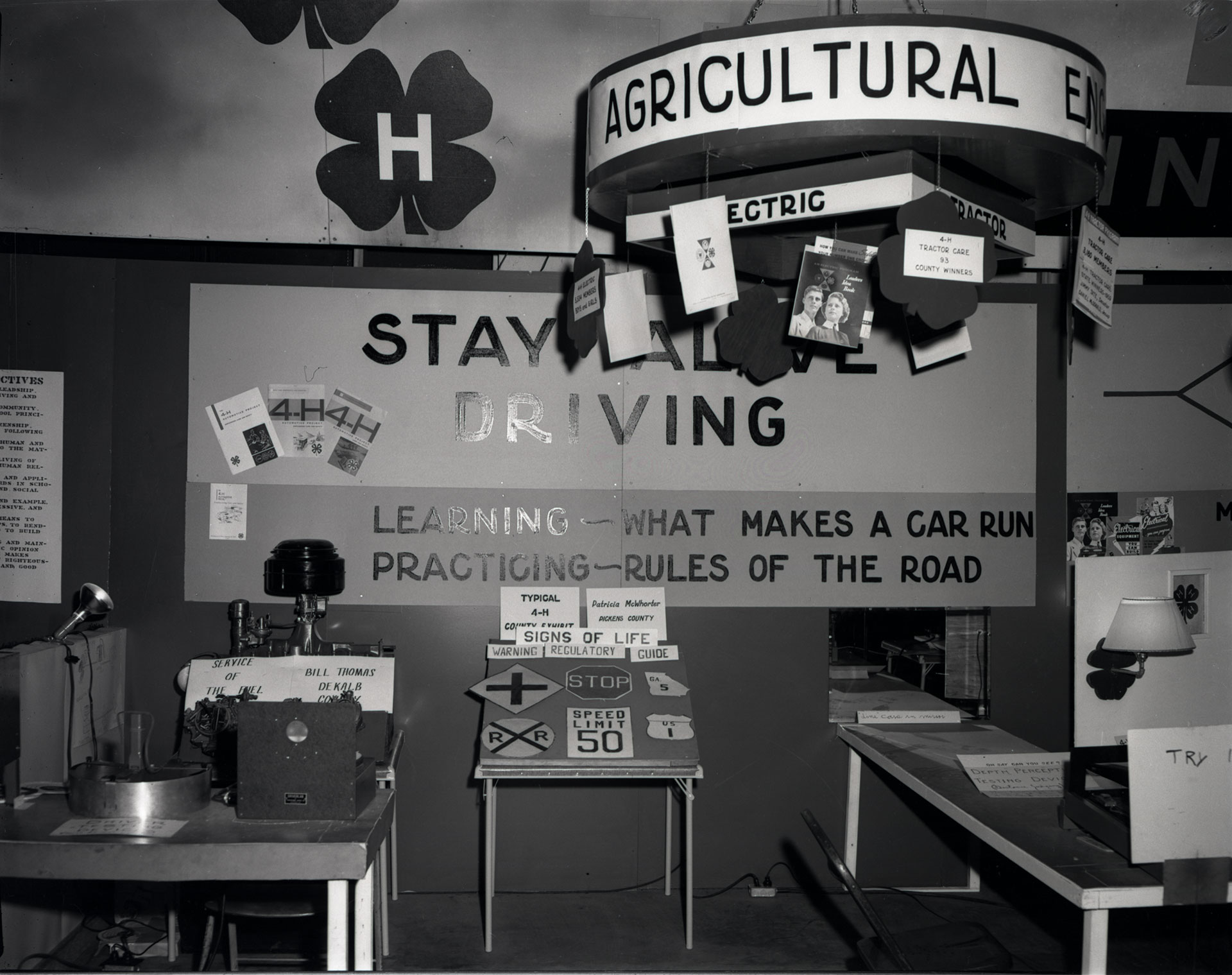
1920: 4-H clubs grow to 27,000 members in Georgia
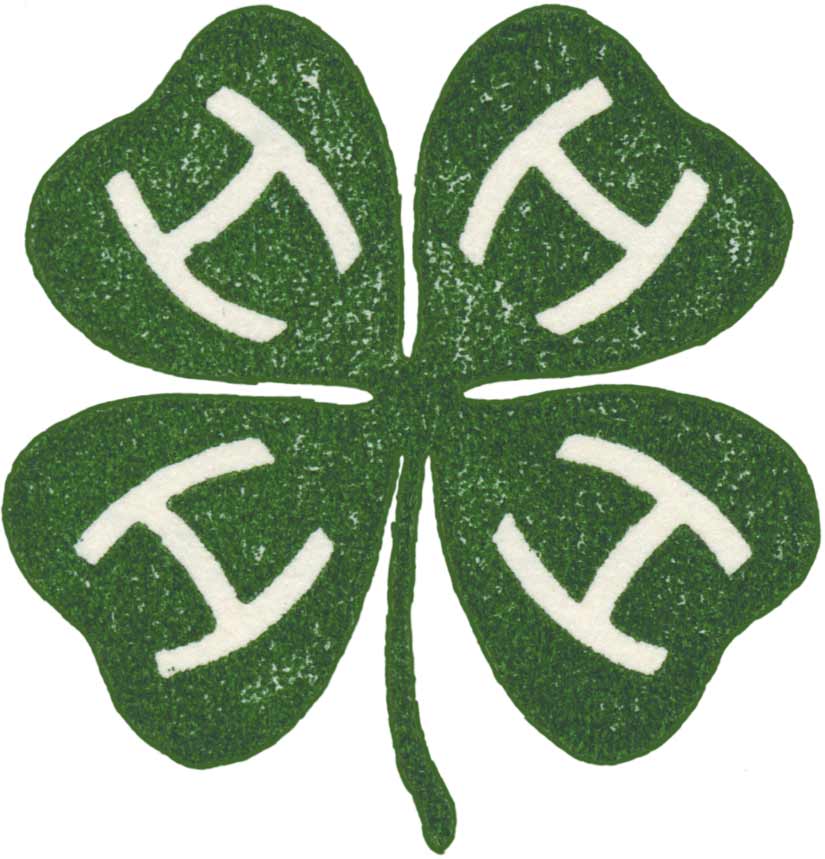
1924: 4-H Club name and clover emblem are officially adopted
The official 4-H emblem is a four-leaf clover with an "H" in each leaf and the stem turned to the right.

1924: First Georgia 4-H camp opens in Athens
Camp Wilkins, Georgia’s first 4-H camp, opens in Athens on the site of what is now the Driftmier Engineering Building on the University of Georgia campus.
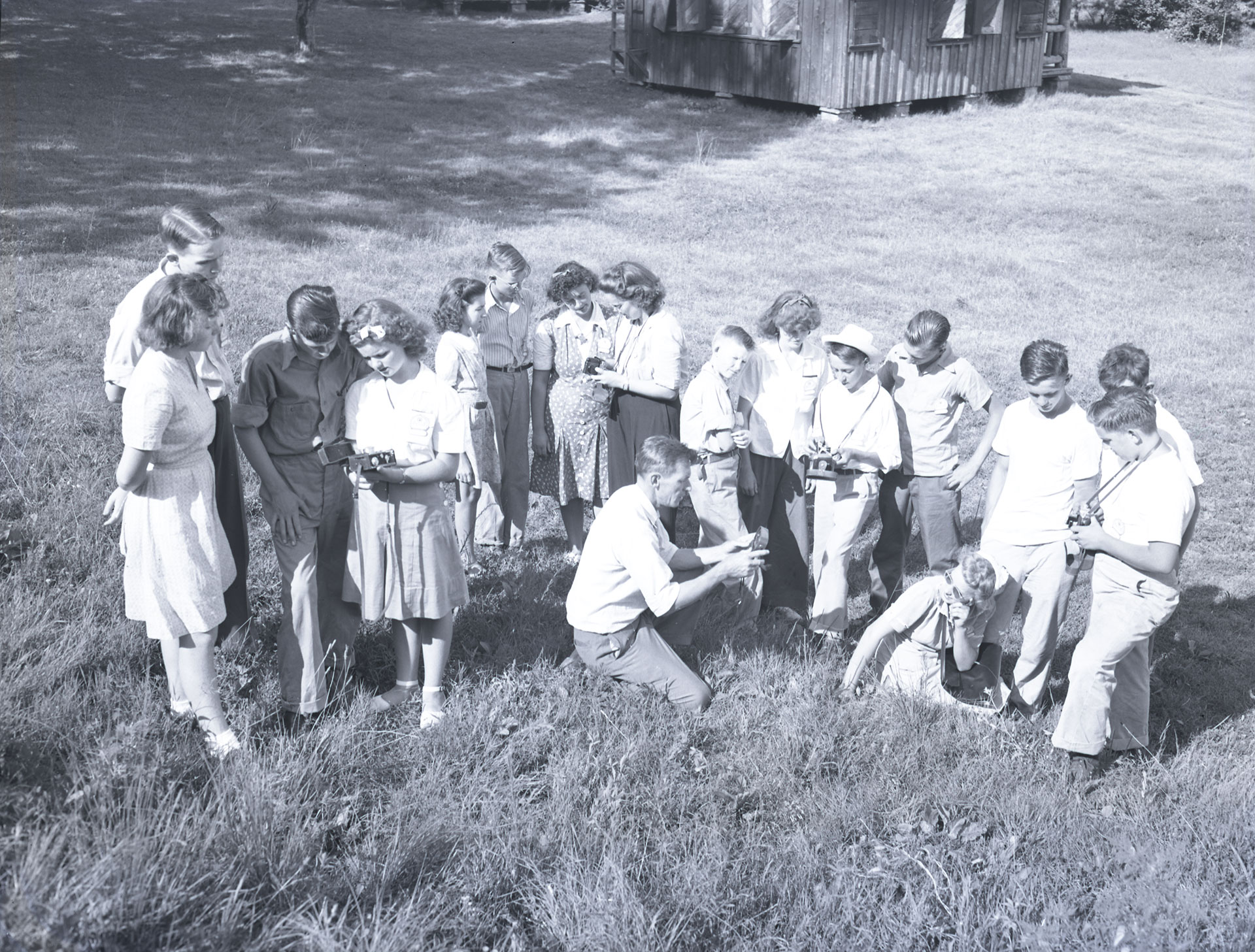
1927: 4-H pledge and motto are adopted
State 4-H leaders adopt the national 4-H pledge and motto at the first National 4-H Camp held in Washington, D.C.
1930s

1933: First Georgia 4-H Club Council meeting is held
The first State 4-H Club Council meeting is held in Milledgeville.
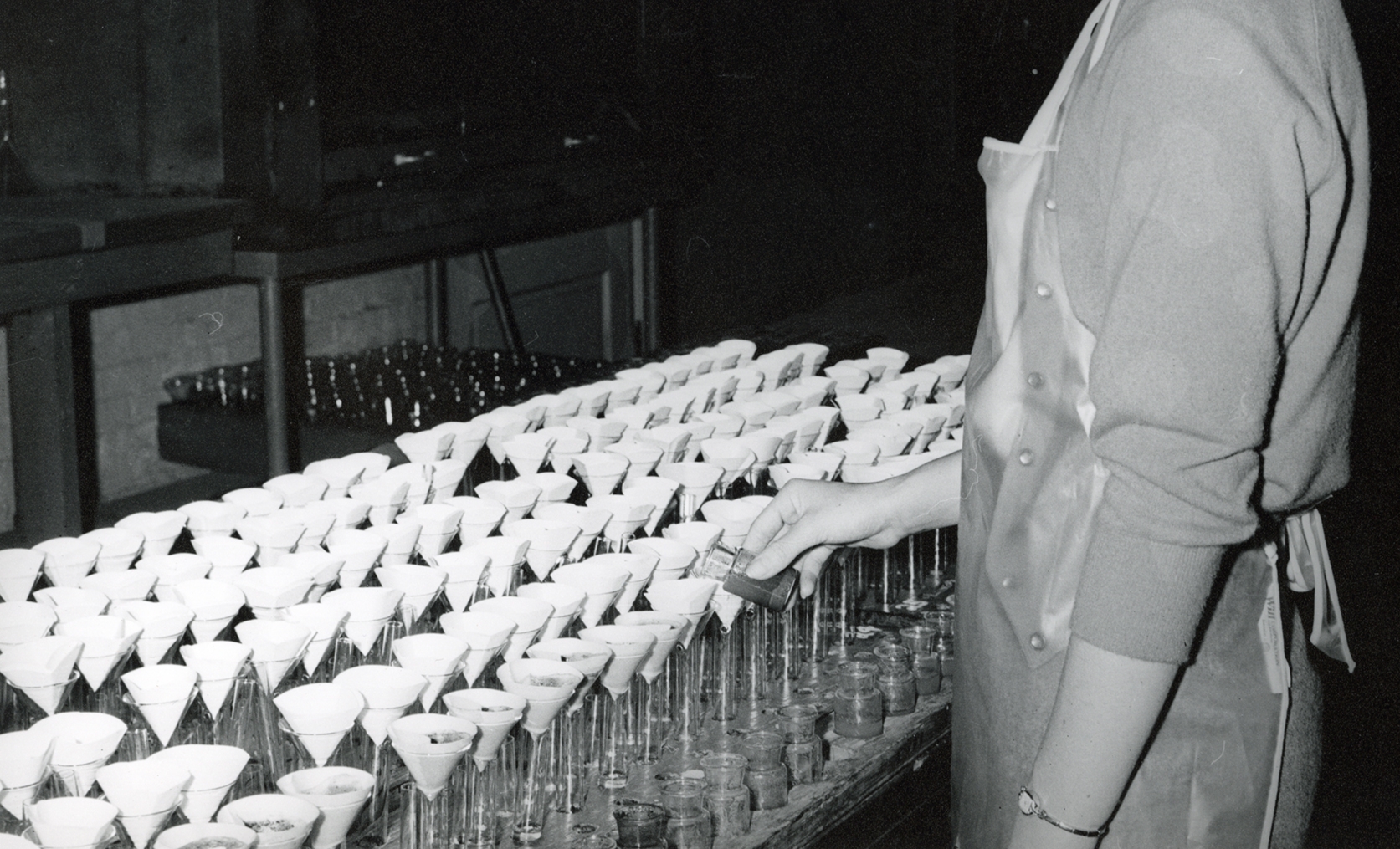
1938: Soil testing begins at the Georgia Experiment Station
Dr. L.C. Olson begins soil testing at the Georgia Experiment Station in Griffin, Ga.
1940s
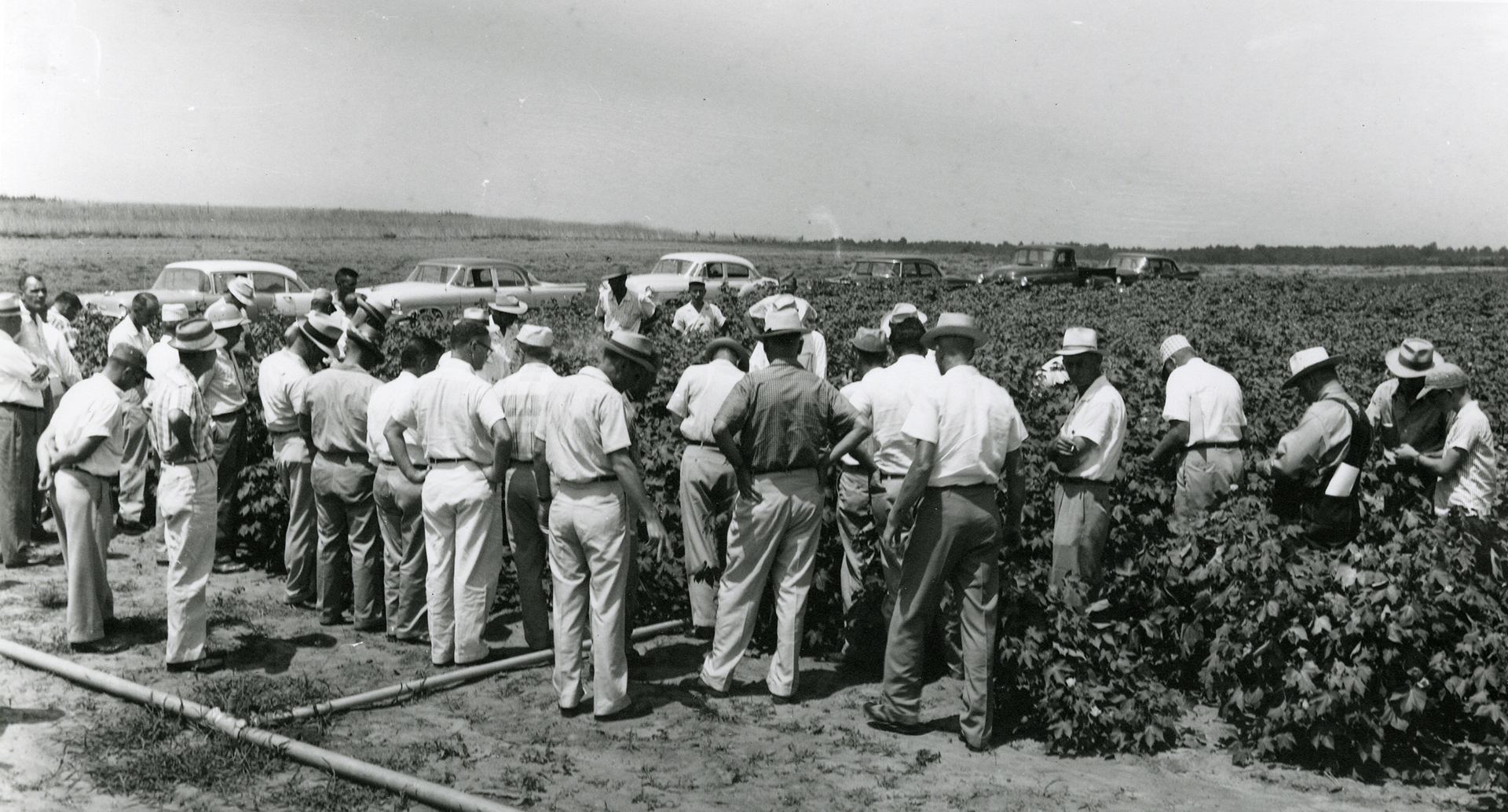
1942: Georgia Experiment Station releases ‘Empire’ cotton
Researchers from the Georgia Experiment Station in Griffin, Ga., release the ‘Empire’ cotton variety.
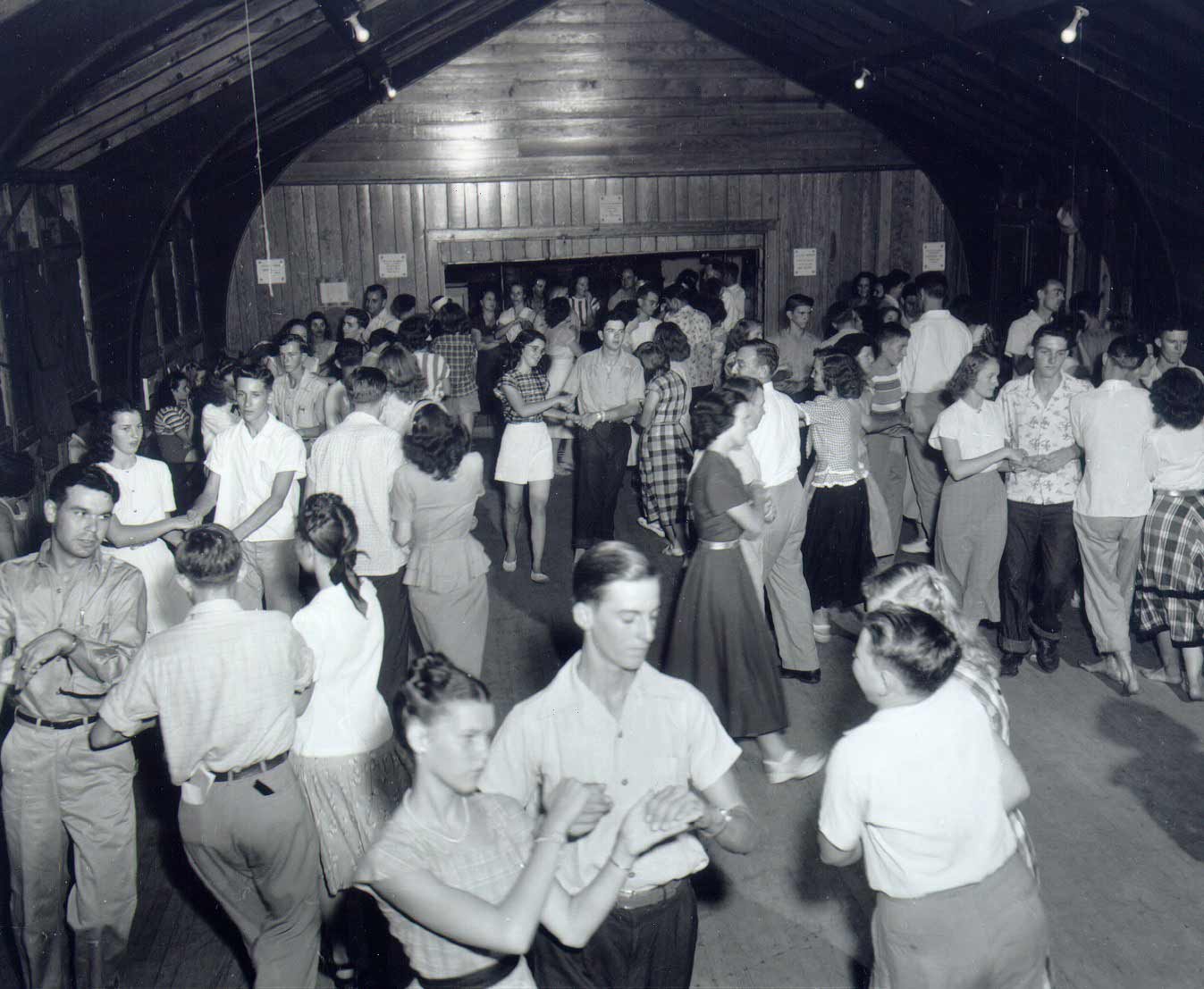
1943: 4-H begins using Camp Wahsega
Georgia 4-H holds events at Camp Wahsega in Dahlonega, Ga., for the first time.
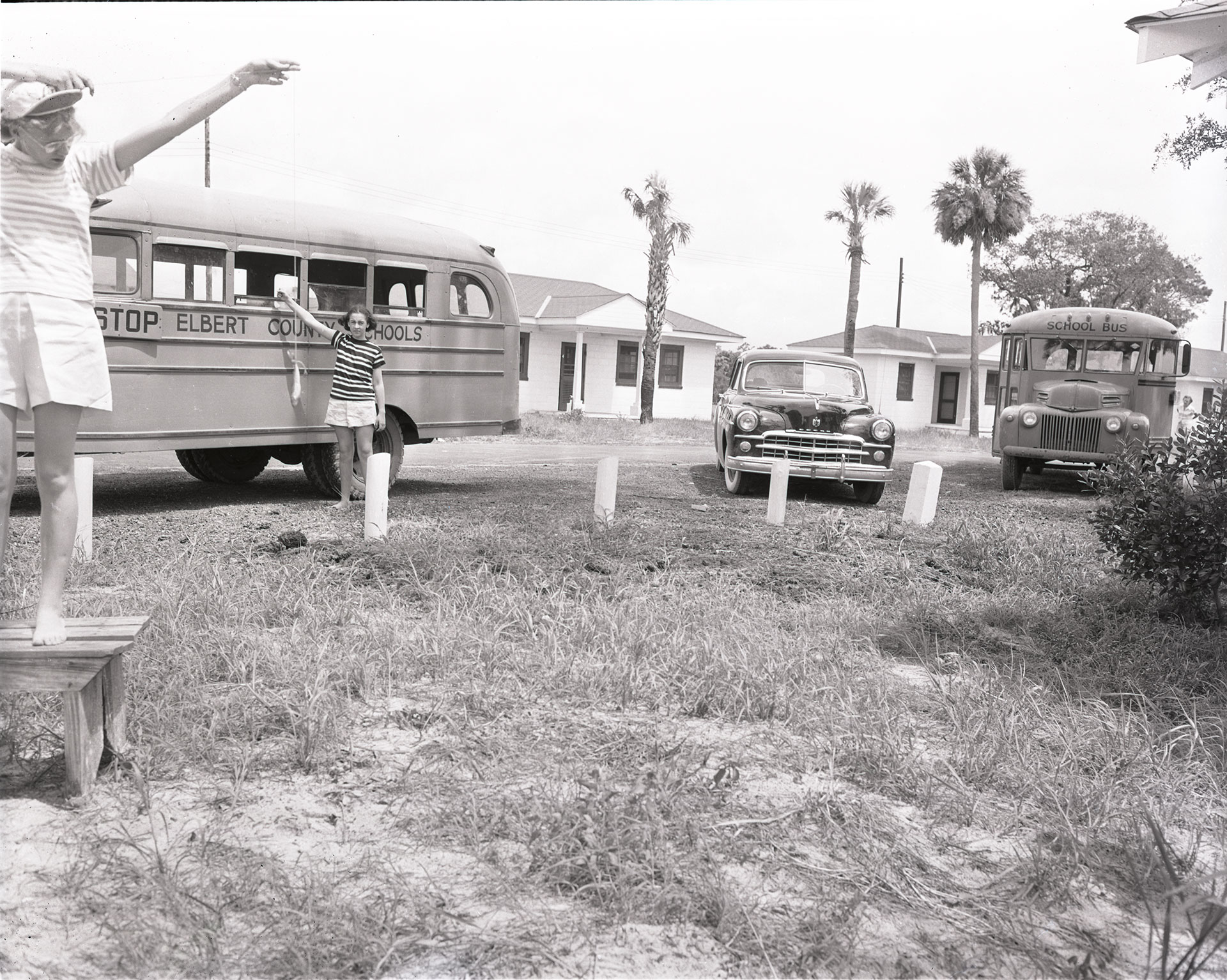
1947: 4-H Center on Tybee Island opens
Now known as Burton 4-H Center on Tybee Island, the camp is used for local and state camps, conferences and rallies.
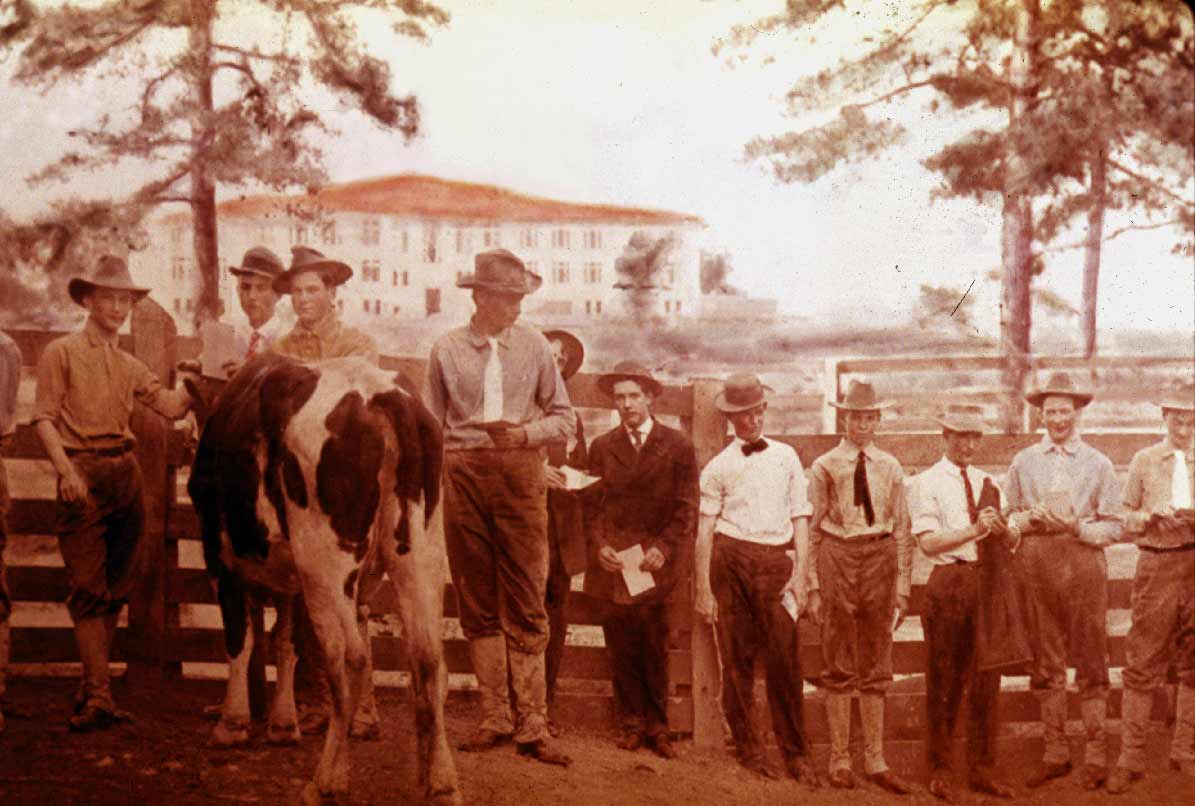
1948: Georgia 4-H Foundation is established
On November 17, 1948, W.A. “Bill” Sutton, State 4-H Leader, and other 4-H supporters and employees of UGA Cooperative Extension chartered the Georgia 4-H Foundation.
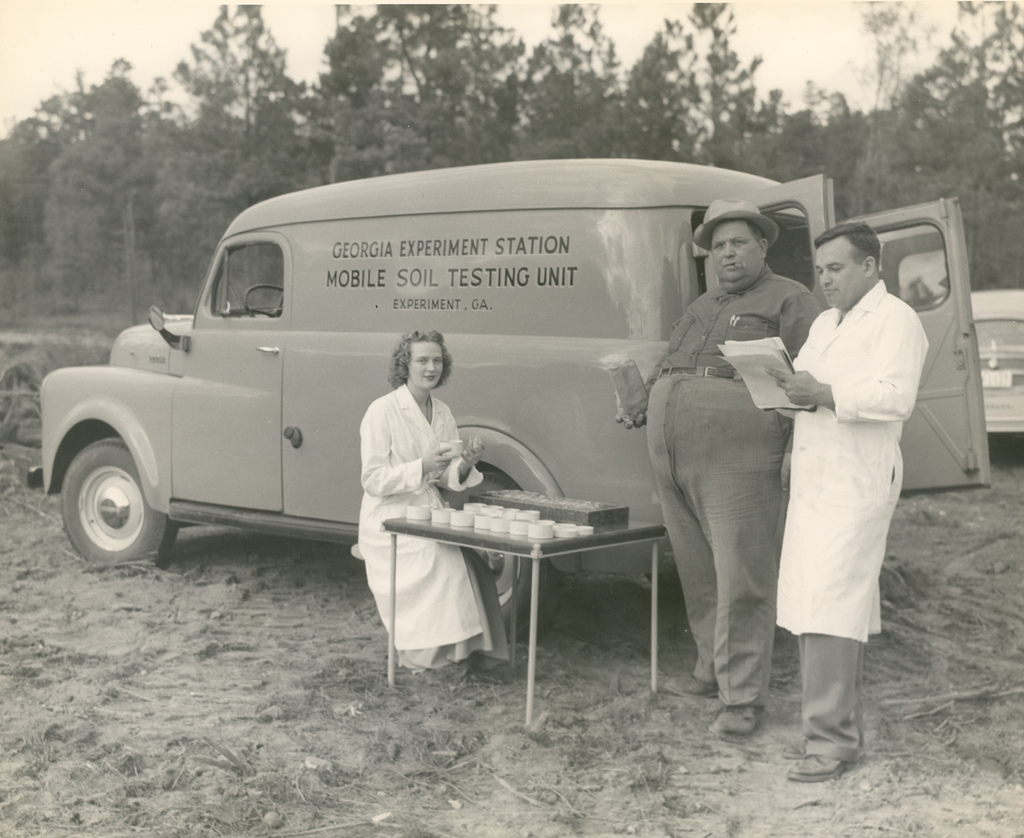
1949: Mobile soil testing begins across the state